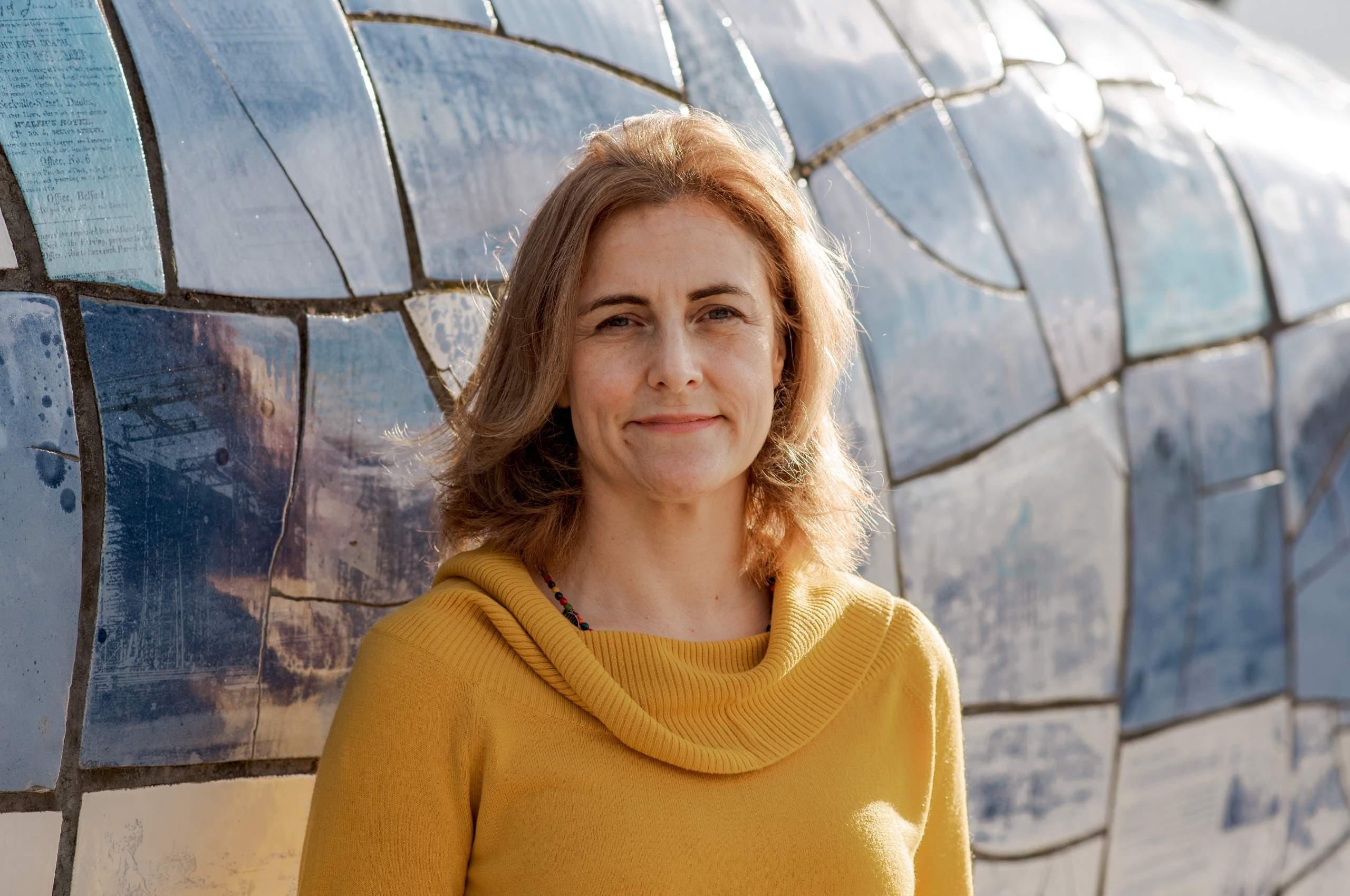Bari has a wonderful, recently renovated museum devoted to ancient archeological finds on the Salentine peninsula (the heel of Italy’s ‘boot’). While it’s much smaller and humbler than the better known Museo Archeologico Nazionale di Taranto, it is full of fascinating and delightful artefacts shedding light on the region’s ancient history.
The Archeological Museum of Saint Scholastica is so named because the exhibition space is a medieval Benedictine convent sacred to the patron saint of education and convulsive children. Scholastica (c. 480 – 10 February AD 543) was Saint Benedict’s sister, perhaps his twin, and according to Gregory the Great the siblings had a lot of constructive discussions about sacred texts and religious issues.
The Mysterious Iapygians
The Salentine peninsula is the closest part of Italy to the Balkan peninsula and this proximity has shaped its history for many centuries.
Between the 12th and 10th centuries BC, people from Illyria (now the western Balkans) made the journey across the Adriatic Sea to settle on the southeast coast of Italy. Greeks referred to these people collectively as Iapygians. While they all used a language commonly known as Messapic (the closest living language to which is Albanian), they are generally divided into three distinct cultures: the Daunians, the Peucetians and the Messapians.

Daunians
The northernmost of these three cultures had the wolf as their totemic animal (Daunos probably means ‘wolf’). They practised tattooing—a custom observed by Thracian and Illyrians and usually only for women. Herodotus says it was an honor reserved for women of noble birth. The Daunians are best known for their limestone funeral stelae, which were large, flat and incised with pictures of human figures. They buried their dead in a fetal position, with knees tucked up under the chin, perhaps to suggest rebirth.

They started to produce pottery from around 700BC and it was intially characterized by simple geometric patterns. The use of protomes on vases (decorative heads or upper bodies) is distinctively Daunian.
Peucetians
The Peucetians lived around the area that is now known as Bari and its surrounds. By the seventh century BC, the legends on coins minted in this area were printed in three languages: Messapic, ancient Greek and Oscan. Their main occupations were growing barley and durum wheat and raising sheep. The latter was in response to a growing demand for fine woolen textiles, and the area also became known for textile production. Like the Daunians, they buried their dead in the fetal position.

Their early pottery was usually quite simple and in red-and-black or black-and-white and they used geometric motifs including the swastika and Maltese cross.
Messapians
Messapia means ‘amidst the water’ and may refer to the fact that the point of the peninsula is between the Adriatic and Ionian seas. It was relatively urbanized and more densely populated than the rest of Iapygia.
The people were known to the Greeks as good horsemen (they defeated the Tarantines in several skirmishes thanks to superior cavalry). In 415-13 they aided Athens’ doomed expedition against Syracuse by sending archers. Unlike the other Iapygians, they laid their corpses out extended on their backs.
After Greek colonization, its chief centres of manufacture for pottery were at Rugge (Rudiae), near Lecce and Egnatia, each originally a Rhodian colony. The Messapian hallmark is the round disc about the size of a large coin at the stop and bottom of each handle, a peculiarity that gave rise to the nickname for this kind of vase being a “trozzella” (little wheel).

Magna Grecia in Southern Italy
In the eighth and seventh centuries BC, thanks to demographic crises, famine, expulsions and a need for new commercial outlets and ports, Greeks started settling in coastal towns in Southern Italy and Sicily. Major settlements included Neapolis (now Naples), Syracuse, Akragas (Agrigento), Rhegion (Reggio Calabria) and Kroton (Crotone). They imported their ideas, behavior, language, arts and crafts. And in each place, the settler’s civilization developed and interacted with that of the native people. The name the Romans gave to this network of colonies was Magna Grecia (Greater Greece).

In Apulia the biggest cities were Taras (now Taranto) and Metapontum (near current Metaponto). Taras in particular had a huge role in helping to Hellenize the Italian peninsula.
The pottery produced in Iapygia after the time of Greek colonization became more and more Hellenized, though with unique local touches. The Daunians, for example, continued to incorporate weird figures on their vases:

One thing that the Apulian potters did that the Athenians didn’t was depict scenes from theater on vases:


One of the most popular topics was the story of Troy, particularly the Ilioupersis (Fall of Troy) as shown in this very large krater, where Andromache sacrifices to the memory of Hector and a one of his younger brothers attempts to support the grieving Priam.
Some scenes have dionysiac or aphrodisiac themes, suggesting that they were meant to be used for rites celebrating these deities.
My favourite decorations involve animals, real or imagined:
And there are some beautiful human figures as well:
That is just some of the stuff on display. Tomorrow we will be going to Taras (Taranto) to see the museum there, so you can expect more pottery spam in the near future!


































